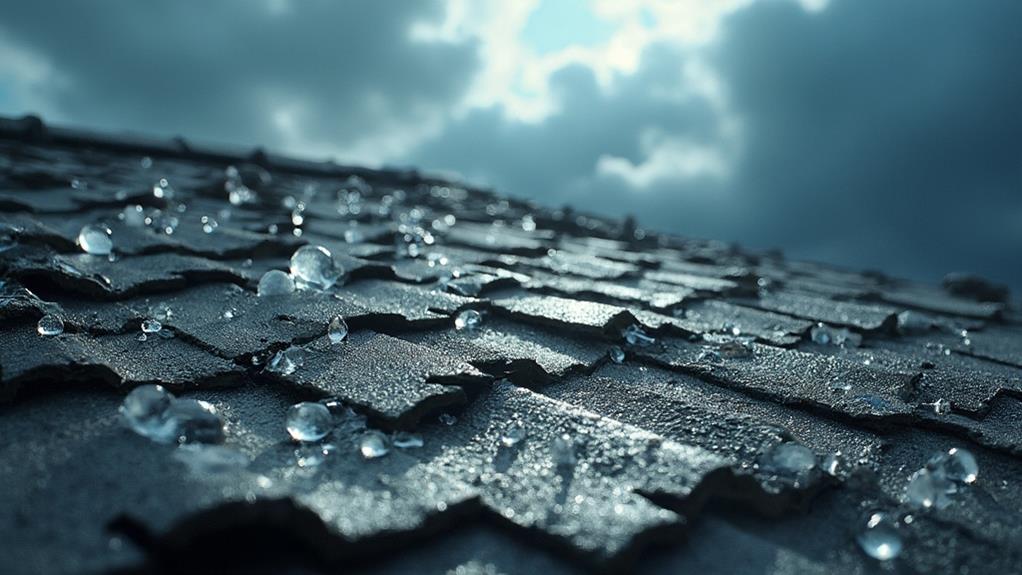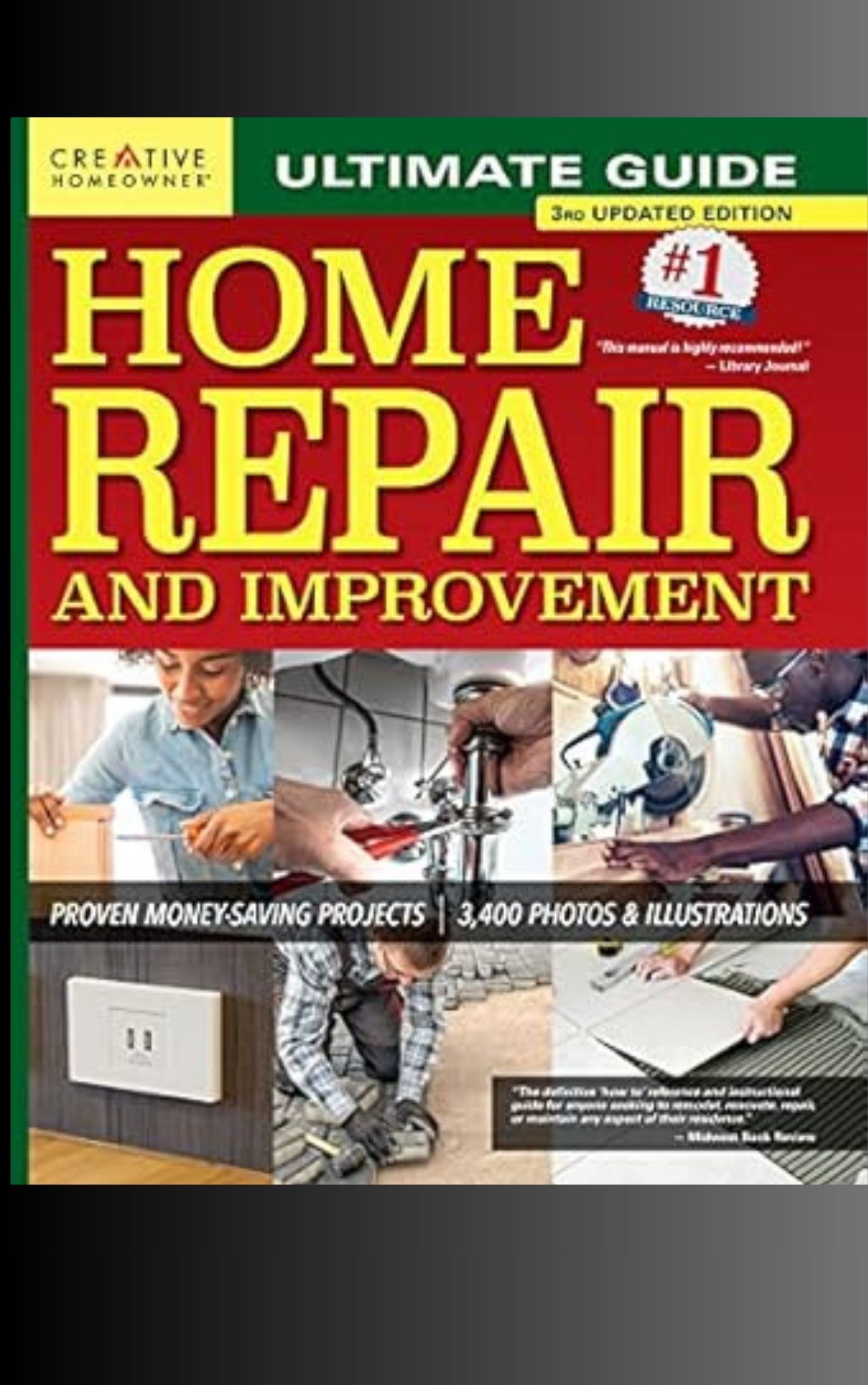Hail storms can inflict significant damage on roofs, compromising their structural integrity and protective capabilities. Common signs include dented or cracked shingles, exposed fibers, and granule loss. Immediate post-storm assessment involves ground-level examination and closer inspection from a ladder, documenting findings with photos. Professional inspections are crucial for thorough damage evaluation and insurance claims. Decisions between repair and replacement depend on damage extent, roof age, and material. Prompt action is essential, as unaddressed hail damage can lead to further deterioration over time. Understanding the impact of hail on your roof and the steps to address it is key to maintaining your home's safety and value.
Understanding Hail Damage
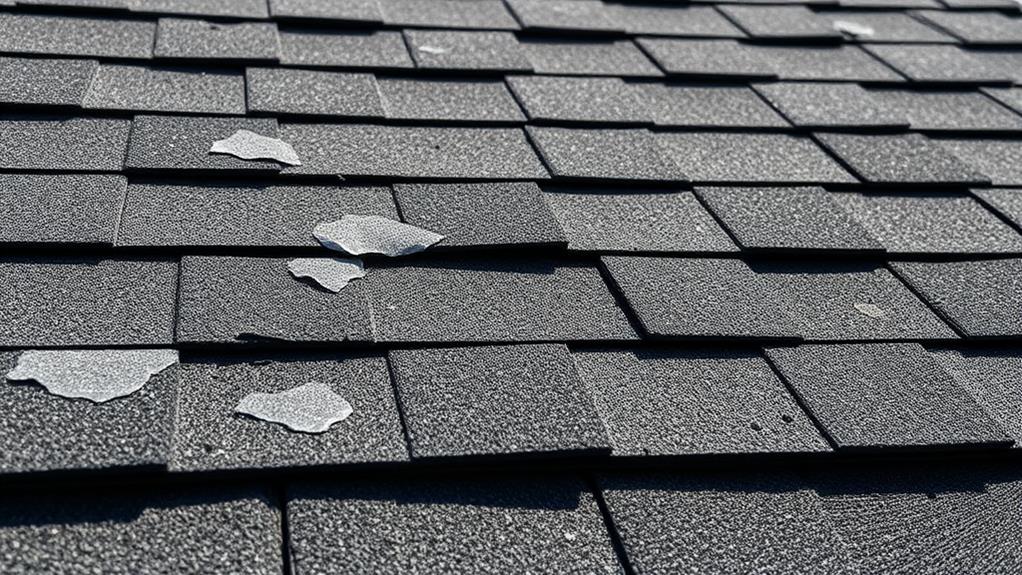
When it comes to understanding hail damage, homeowners must recognize the potential severity of this natural phenomenon. Hailstorms can inflict significant harm to roofs, compromising their structural integrity and protective capabilities. The extent of damage depends on various factors, including hailstone size, wind speed, and the roof's age and material.
Common signs of hail damage include dented or cracked shingles, exposed fibrous mat, and granule loss. Metal roofs may exhibit dimples or dings, while wooden shingles can split or crack. In severe cases, hail can puncture the roof, leading to leaks and water damage inside the home.
It's crucial to assess your roof promptly after a hailstorm, even if damage isn't immediately visible. Hail impacts can weaken shingles, accelerating wear and tear over time. Professional inspections are recommended, as trained experts can identify subtle damage that untrained eyes might miss. Documenting the damage with photographs and contacting your insurance provider are essential steps in addressing hail damage. Timely repairs or replacements can prevent further deterioration and maintain your roof's protective function, safeguarding your home from future weather-related issues.
Signs of Roof Hail Impact
Identifying the signs of roof hail impact is crucial for homeowners to protect their property and prevent long-term damage. Common indicators include dents or dings on metal surfaces such as gutters, downspouts, and flashing. Asphalt shingles may exhibit dark spots where granules have been knocked off, exposing the underlying mat. These damaged areas often appear circular and can vary in size depending on the hailstones.
For wooden shakes, look for splits, cracks, or missing pieces. Clay or concrete tiles may show chips, cracks, or breaks. On flat roofs, hail damage can manifest as dimples or depressions in the roofing material. It's important to check vents, skylights, and chimney caps for dents or cracks as well.
Inspect the ground around your home for fallen granules or shingle pieces after a hailstorm. Interior signs of hail damage may include water stains on ceilings or walls, indicating potential leaks. If you notice any of these signs, it's advisable to contact a professional roofing contractor for a thorough inspection and assessment of the damage.
Immediate Post-Storm Roof Assessment
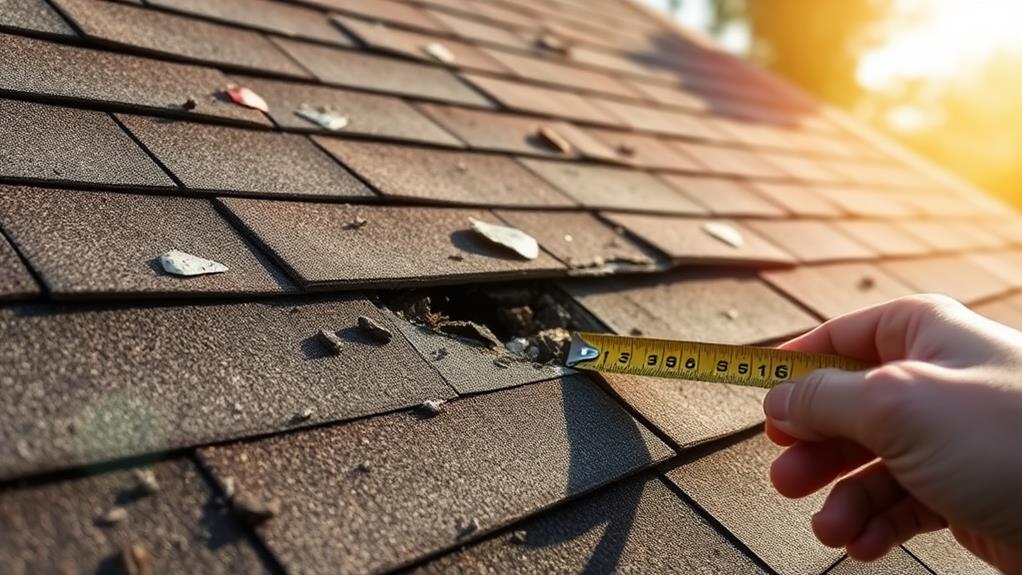
Safety is paramount when conducting an immediate post-storm roof assessment. Before any inspection, ensure the storm has completely passed and conditions are safe.
Begin with a ground-level examination, using binoculars to scan for visible damage. Look for missing shingles, dented gutters, or debris on the roof.
If it's safe to do so, conduct a closer inspection from a ladder. Don't walk on the roof, as it may be slippery or structurally compromised. Check for granules in gutters, which indicate shingle damage. Inspect metal vents, flashing, and chimneys for dents or displacement.
Document all findings with detailed notes and photographs. This evidence will be crucial for insurance claims. Pay special attention to areas where hail typically causes the most damage, such as ridge caps and valleys.
If you suspect significant damage or feel uncertain about your assessment, contact a professional roofing contractor immediately. They can provide a thorough inspection and recommend necessary repairs. Remember, addressing hail damage promptly can prevent further deterioration and more costly repairs in the future.
Professional Inspection Process
To ensure a comprehensive evaluation of hail damage, a professional roof inspection is essential. This process typically begins with a thorough exterior examination, where the inspector assesses the overall condition of the roof, looking for visible signs of impact damage, missing shingles, and compromised flashing. They will pay close attention to roof valleys, vents, and chimneys, as these areas are particularly vulnerable to hail damage.
The inspector will then conduct a detailed inspection of the roofing materials, documenting any dents, cracks, or granule loss on shingles. They may use chalk to circle areas of concern for easier identification. In some cases, core samples of the roofing material may be taken to assess the extent of damage beneath the surface.
Following the exterior inspection, the professional will examine the attic space for signs of water infiltration, damaged insulation, or compromised structural components. They will also check for proper ventilation, as hail damage can affect roof vents and compromise the attic's airflow. The inspector will document all findings with detailed notes and photographs, providing a comprehensive report for insurance claims and repair recommendations.
Repair vs. Replacement Decisions
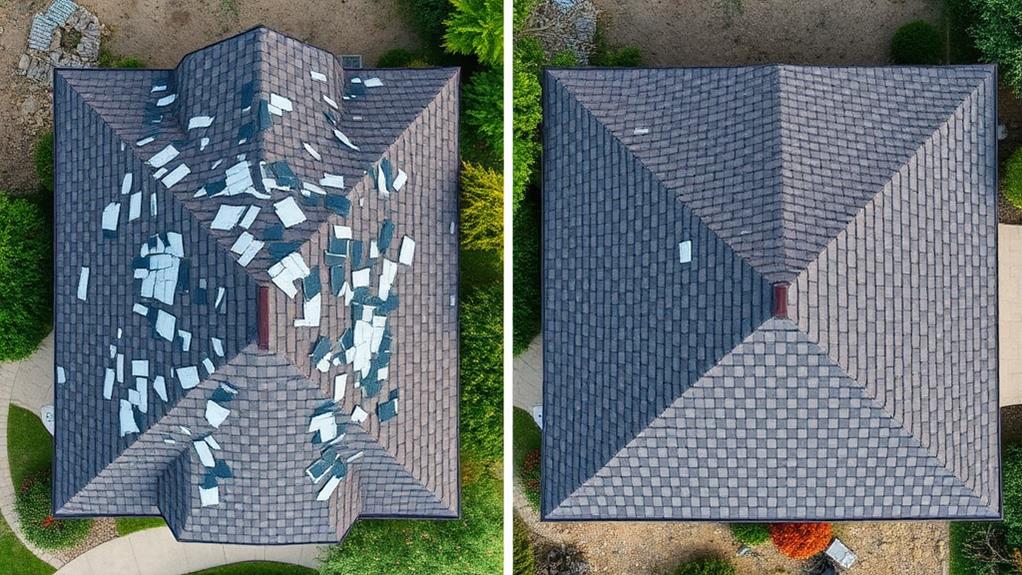
The decision to repair or replace a hail-damaged roof hinges on several critical factors. The extent of the damage is paramount; localized or minor damage may be suitable for repairs, while widespread or severe damage often necessitates full replacement. The age and overall condition of the roof also play crucial roles. An older roof nearing the end of its lifespan may warrant replacement even if hail damage is minimal, as repairs may not be cost-effective in the long run.
Insurance coverage is another key consideration. Some policies may cover full replacement if damage exceeds a certain threshold, making it more economical to replace rather than repair. The roofing material itself can influence the decision, as some materials are more resilient and repairable than others. Additionally, local building codes and regulations may dictate whether repair or replacement is required in certain damage scenarios. Homeowners should also consider the long-term implications of their choice, weighing factors such as energy efficiency, curb appeal, and potential impact on property value. Ultimately, consulting with a qualified roofing professional can provide valuable insights to make an informed decision tailored to the specific situation.
Insurance Claims for Hail Damage
Navigating the insurance claims process for hail damage can be a complex but crucial step for homeowners. To maximize your chances of a successful claim, document the damage thoroughly with photos and videos immediately after the storm. Contact your insurance provider promptly to report the damage and initiate the claims process.
Most homeowners' insurance policies cover hail damage, but it's essential to review your policy's specific terms and conditions. Be prepared for an adjuster to inspect your roof and assess the extent of the damage. During this inspection, point out all areas of concern and provide any documentation you've gathered.
If you disagree with the adjuster's assessment, consider hiring a public adjuster or an independent roofing contractor to provide a second opinion. Keep detailed records of all communications with your insurance company and any repairs made. Be aware of time limits for filing claims and completing repairs, as these can vary by policy and state.
Remember that insurance companies may factor in depreciation when determining payouts, so understand the difference between actual cash value and replacement cost coverage in your policy.
Preventative Measures Against Future Storms
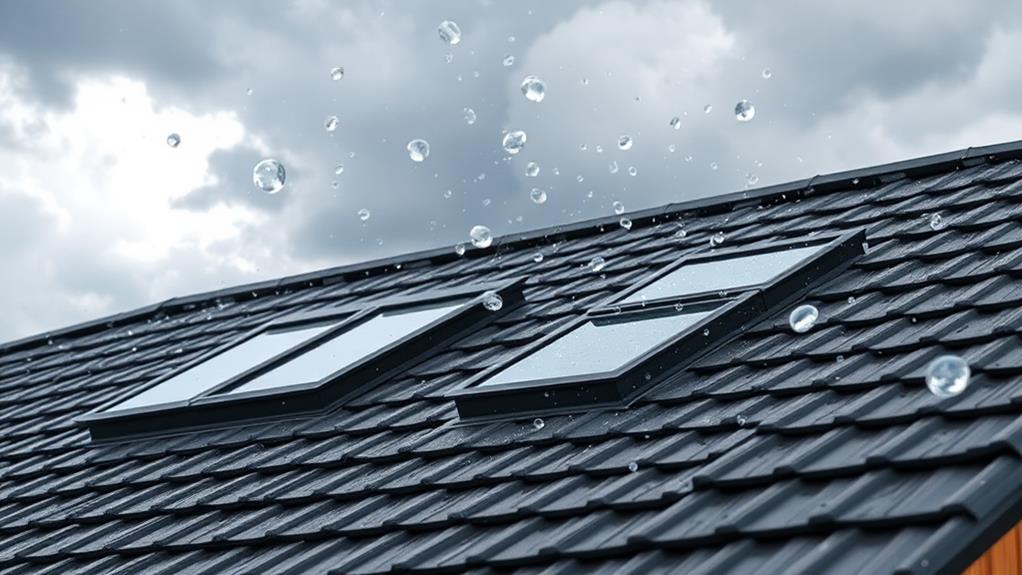
Proactive homeowners can implement several strategies to mitigate potential hail damage to their roofs. One effective approach is installing impact-resistant roofing materials, such as Class 4 shingles or metal roofing, which are designed to withstand severe weather conditions. These materials offer superior protection against hail and may even qualify homeowners for insurance discounts.
Regular roof inspections and maintenance are crucial in preventing hail damage. Addressing minor issues promptly, such as replacing missing shingles or repairing loose flashing, can significantly reduce the risk of extensive damage during a hailstorm. Installing protective roof coatings can also enhance the roof's resilience to hail impacts.
Consider trimming overhanging tree branches that could potentially fall and damage the roof during severe weather. Additionally, investing in hail guards for outdoor HVAC units and other roof-mounted equipment can prevent costly repairs. For those in high-risk areas, temporary protective measures like hail netting or removable roof covers can provide an extra layer of defense during storm seasons. By implementing these preventative measures, homeowners can significantly reduce the likelihood of severe hail damage and protect their investment in the long term.
Frequently Asked Questions
How Long Does Hail Damage Take to Become Visible on a Roof?
Hail damage on a roof can become visible immediately or take months to manifest. Factors like hail size, roofing material, and impact severity affect visibility. Regular inspections are crucial to detect both immediate and latent damage.
Can Hail Damage Occur Without Visible Dents or Marks on the Roof?
Surprisingly, up to 30% of hail damage can be invisible to the untrained eye. Indeed, hail damage can occur without visible dents or marks on the roof. Micro-fractures and weakened shingles may not be immediately apparent but can lead to future issues.
Does the Color of Hailstones Affect the Severity of Roof Damage?
The color of hailstones does not directly affect the severity of roof damage. Factors such as size, density, and wind speed during the hailstorm are more significant in determining the extent of damage to roofing materials.
Is It Safe to Walk on a Roof After a Hailstorm?
Ironically, while you're eager to assess the damage, walking on a hail-battered roof is far from safe. Professional roofers, equipped with proper safety gear and expertise, are your best bet for a thorough post-storm inspection.
How Often Should Roofs Be Inspected in Hail-Prone Areas?
In hail-prone areas, roofs should be inspected at least annually, ideally before and after hail season. Additional inspections are recommended following severe storms. Regular assessments help identify damage early and prevent costly repairs or replacements.
Conclusion
Hail damage to roofs remains a significant concern for homeowners in storm-prone areas. Prompt identification and professional assessment of damage are crucial for maintaining structural integrity and preventing further issues. Interestingly, a study by the Insurance Institute for Business & Home Safety found that hail causes approximately $8 billion in damage annually in the United States. By understanding the signs of hail impact, pursuing timely repairs or replacement, and implementing preventative measures, property owners can better protect their investments against future hailstorms.
